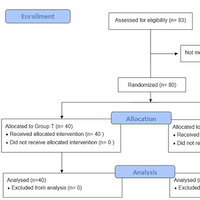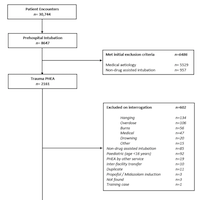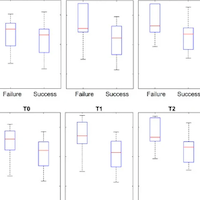Transnasal Humidified Rapid-Insufflation Ventilatory Exchange vs. Conventional Facemask Breathing for Preoxygenation During Rapid Sequence Induction
cureus.com
Transnasal humidified rapid-insufflation ventilatory exchange (THRIVE), if used for pre-oxygenation and apnoeic oxygenation, has the propensity to extend the safe apnoea time and thereby decrease the incidence of desaturation during rapid sequence induction (RSI) for emergency surgeries. Hence, we proposed to evaluate the comparative efficacy of pre-oxygenation with the use of conventional facemask breathing versus THRIVE during RSI in patients undergoing general anesthesia (GA) for emergency surgeries.
Materials and methods: Eighty patients undergoing RSI under GA for emergency abdominopelvic surgery were divided randomly into two groups. Patients were preoxygenated for three minutes with 100% oxygen via either a high-flow nasal cannula at a flow of 60 L/minute using THRIVE or a tightly-held, snuggly-fitting facemask at a flow of 12L/minute using a circle system.
RSI was administered followed by laryngoscopy and endotracheal intubation. Arterial partial pressure of oxygen (PaO2) measured immediately after successful endotracheal intubation was our primary outcome.
The lowest peripheral oxygen saturation (SpO2), apnoea time, number of attempts at laryngoscopy, use of any rescue manoeuvres, and any adverse event were also recorded. Data thus collected were statistically analysed.















